The sound of choral singing skips like sunlight across the sea as we approach Likuliku. The staff are out to greet us, stood on the edge of the long wooden pier, dressed in traditional garb of sulus and bark-made warrior skirts, with guitars strumming to the echo of the ocean. I can taste the water spraying in my face as our boat speeds toward the resort. As their carol gets louder, the joy is palpable; a welcome as warm as the climate.
We didn’t know it yet, but this type of reception is typical in Fiji: serenaded on arrival, gifted with a traditional seashell garland, and showered with cocktails. Typical, sure, but that doesn’t mean it gets any less special.
And that’s the beauty of Fiji: there’s no expectation, no image to be shattered, no wish to be fulfilled. Fiji isn’t at the top of anyone’s places to visit, only because so little is known or imagined about it. But you don’t need to be here for more than a day to know that it’s the place you’ve always wanted to visit.
Heck, I didn’t even know people like this existed. Flying in from London, where service is a smug inconvenience between taking your bags and paying the bill, the ongoing hospitality here can seem somewhat alien.
“Welcome home,” is the familiar greeting. It’s even written in leaves and flowers on our bed as we arrive at our bure: an oversized hut, made of wood and handwoven thatch, which is anything but shanty on the inside. Instead, we’re met with colonial décor that’s offset with Fijian charm and high-end amenity.
The bed sits in the middle of the room – an arrangement that is characteristically Fijian – with a living space that leads to our private, beach-facing decking at the front, and a bathroom with secluded outdoor showers at the back. The decked-out courtyard is replete with loungers and a dreamy daybed pavilion, which is where most of our time is spent.
But the point is, you won’t be spending much time here.
We’ve barely arrived before heading for lunch at the resort’s only restaurant, Fijiana. The lunch menu changes daily, with three starters, three mains and three desserts to choose from – things like mahi, salt and pepper prawns, tea-smoked chicken, or simple salads. We both went for the chargrilled octopus with fries and glass of cold sauvignon blanc, a perfect antidote to the early-afternoon heat (and a perfect choice of wine, what with New Zealand next door).
Like a precious handful of resorts in Fiji, Likuliku is its own island, sharing its ancient terrain with just a few villagers. With such an expanse to explore, we decided to start the trip with the best of intentions and go jogging. The most important feature here is sheer nothingness. You can stop and not see a person for a mile in either direction. The vast empty coastline is eerie, almost haunting, with our path occasionally blocked by the giant limbs of dead trees, which at first look like the carcasses of mythological creatures. Proper Planet of the Apes stuff.
That evening, we’re taken on a private boat ride at sunset, where our guide, Tiare, explains each island we pass, and I start to get a sense of the history and stratified culture of this place; a place where each village still has a chief – or ratu – and antiquated customs like mat-giving and kava-drinking are not only polite custom, but sacrosanct. We sup champers, share some local meats and cheese, and watch the sun get swallowed by the ocean.
Dinner is convivial, with formalities changing nightly: some nights are la carte, others are tasting menus. This is obviously done to keep things interesting – but when it comes down to it, if you’re not up for the night’s arrangements, you can dine in any style you like. Even as a restaurant reviewer, the food here – not Fiji, but Likuliku itself – is interesting. I’ve never been anywhere that serves up a whole mud crab as part of a tasting menu, but the head chef, Shane Watson, has a grasp of what people want, even if they don’t know it themselves. Other dishes include gnocchi with cauliflower and almonds; aubergine with pearl barley, bush lemon and wild herbs; wood-fire beef fillet with smoked onions and mushrooms; snapper with cucumber, bele and dill; and duck with braised green lentils, pistachio and cranberry. Simple yet clever dishes, with unexpected extras like amuse bouches and palate cleansers, which are carefully judged and moreish.
Breakfast is probably the best I’ve had anywhere in the world that’s not a full English. Two things, in particular, I’ll never forget: mud crab omelette with chilli and papaya relish, and cassava hash brown with prawns, caviar hollandaise, parsley and caper oil. Not an average way to start the day, but flawless sunny-morning dishes.
We’re headed to Modriki island, where Castaway with Tom Hanks was filmed. Our speedboat rushes through the ocean, leaving a white avalanche of waves behind us, passing islands that look like mountains; igneous castles that have erupted from the sea.
Arriving, we stop about 50 metres from the shore, so snorkel over. I say ‘we’ – I hate snorkelling. I swim like a duck: calm above water, frantic below, getting to my destination quickly so that the shark doesn’t get me. Gemma, though, snorkels on every bloody trip, and enjoyed bobbing around the crystalline waters here.
Modriki is a proper desert island. No one’s born here, no one lives here, no one dies here. I’ve never experienced the feeling of being the only person – well, one of two people – on an island, all to ourselves. Knowing that no one else is here, yet the paradoxical feeling of being watched, with the dense, neon flora blazing against the albino sands. It’s beautifully disorientating. The only signs of human life are the words ‘help me’ written in sticks and coconut shells in the sand (yes, just like the film).
Back at the resort, one of the locals takes us on a medicine trail, guiding us through the resort’s gardens, explaining how everything in Fiji is remedied with plants and fruit and vegetables and herbs; things that cure headaches to broken bones. And of course, the majestic coconut tree. “The coconut tree, we call it the Tree of Life,” he tells us. “The flesh to eat, the water to drink, barks and husks for clothing and filtering and sweeping, leaves and branches to build a shelter. If you’re stranded with a coconut tree, you’re okay”.
And it’s this innocent optimism that was beginning to characterise Fiji and its people. I’ve never been to a country or a resort where I knew instantly that I’d want to go back. Staying for seven nights at this adult-only resort will cost you around $10,000 in Fiji money, which is about £3,500 to us, with breakfast, lunch and dinner included. Crazily inexpensive for a place with such utopian charm that you’ll start to miss it before you’ve even left.

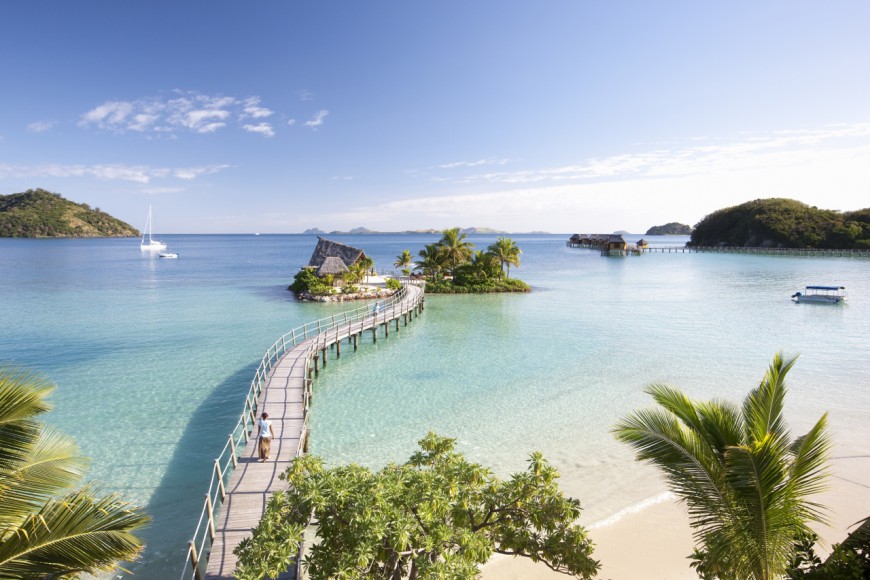
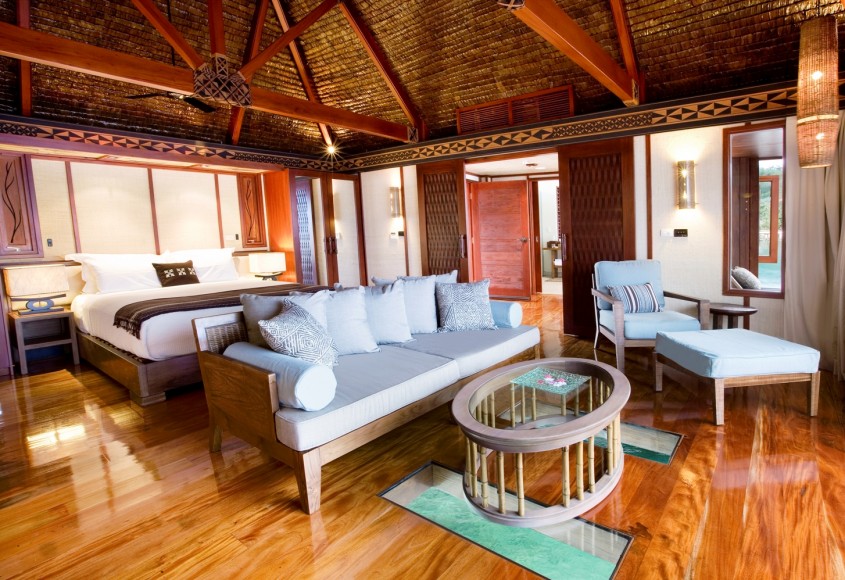
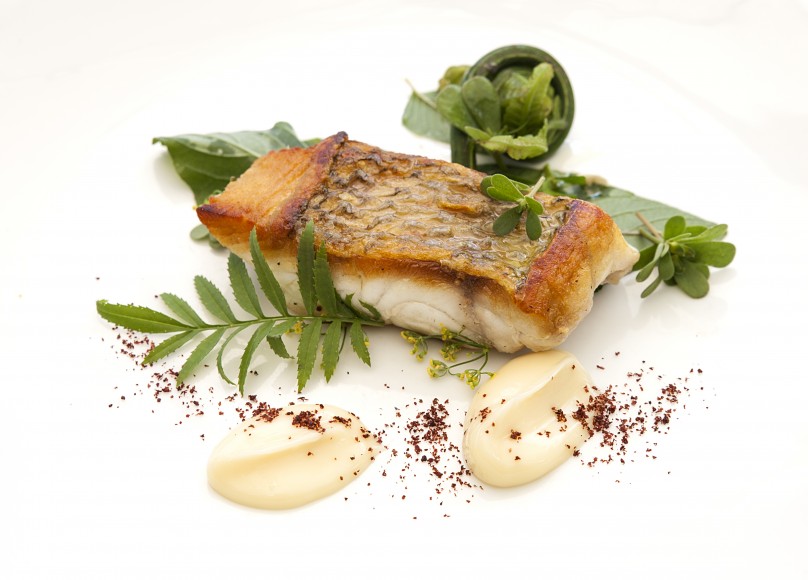
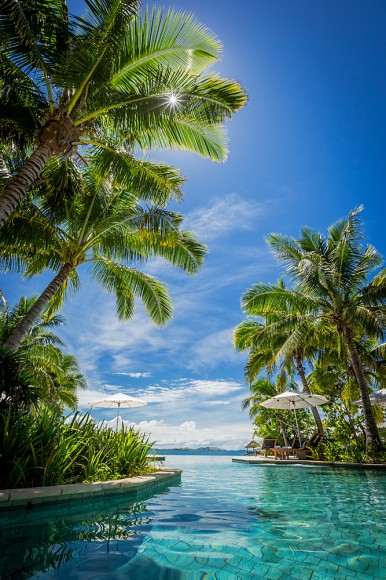
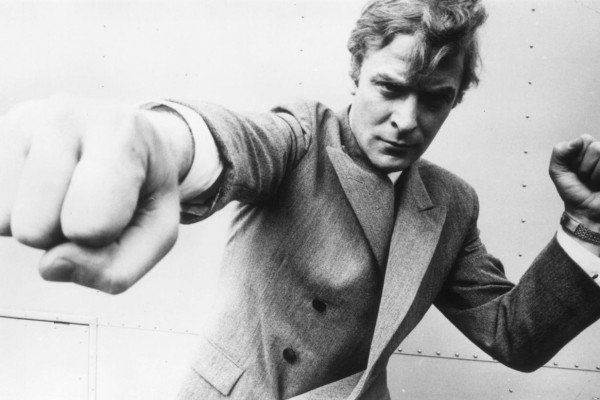
Fiji | The Review Magazine. Life. Style.
[…] Read our review of Likuliku […]
Taveuni Palms, Fiji — The Review Magazine. Life. Style.The Review Magazine. Life. Style.
[…] Read Laith’s review of Likuliku Lagoon resort […]